Playing for a visual identity – using Lego® Serious Play® in visual branding projects
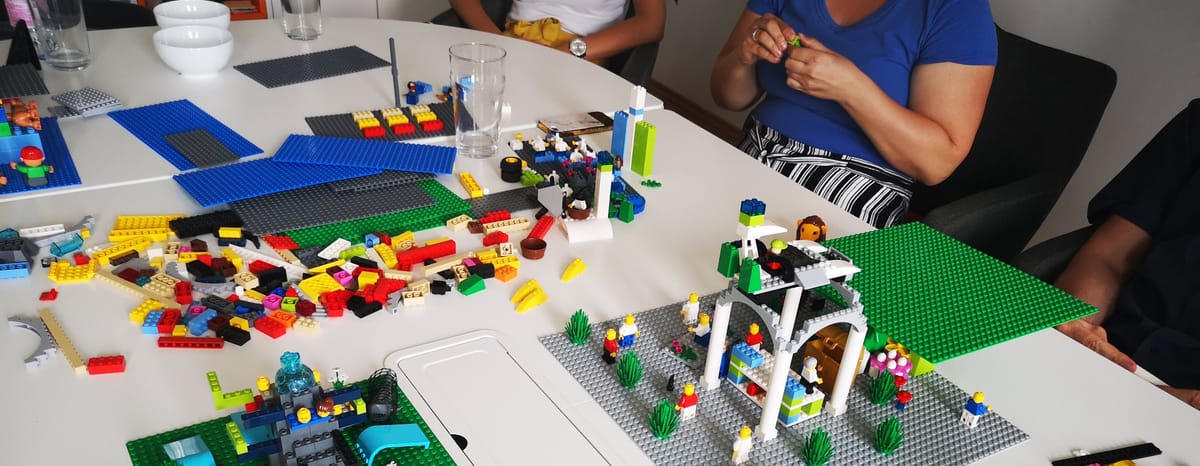
At zwoelf strategy & design, the first step of every visual branding process is one or several discovery sessions to gather all the information we need for the brief. This is a personal or online discussion with the stakeholder(s).
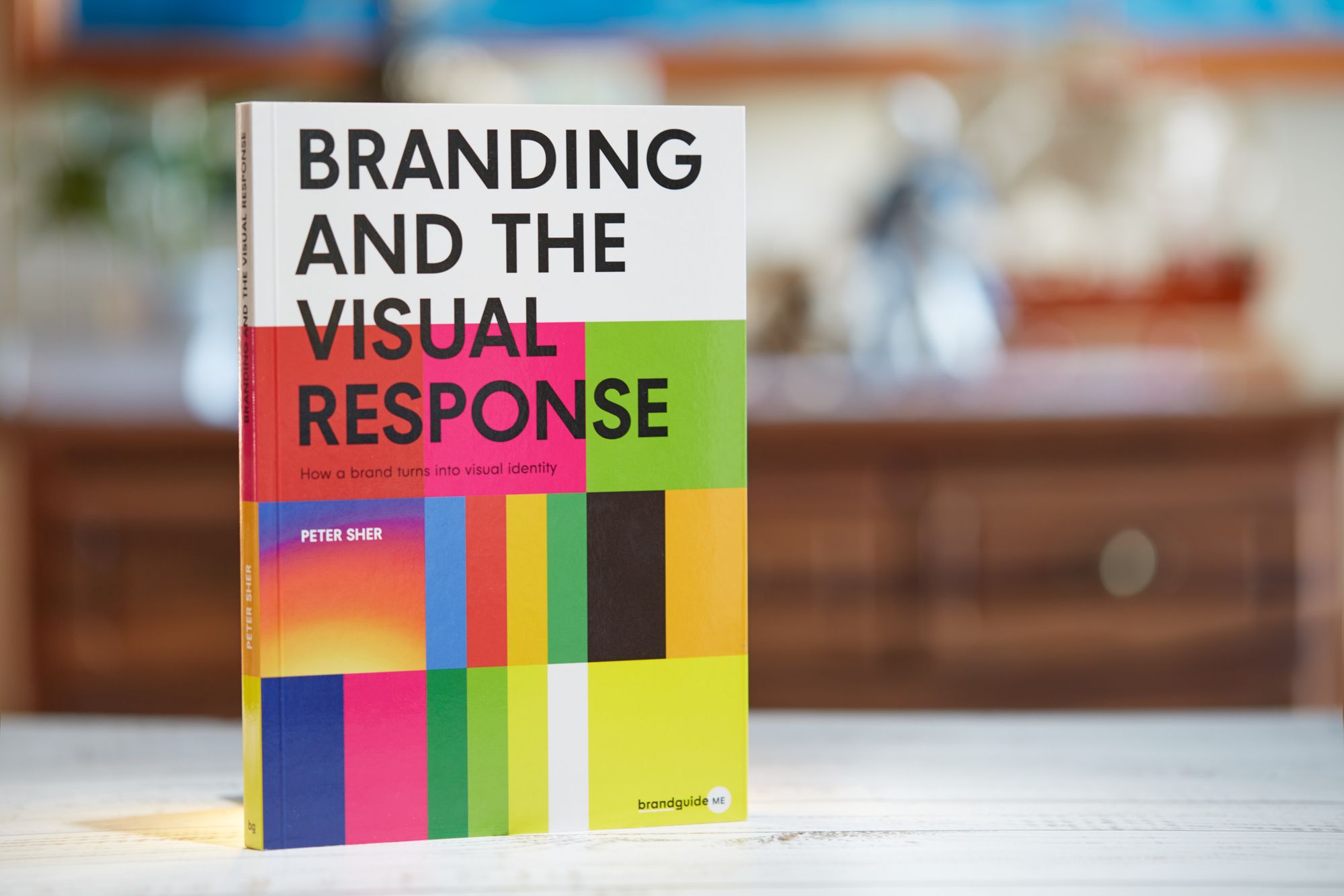
How a brand turns into visual identity
Ready to elevate your design strategy? Get this must-have book in ebook or print format. Packed with practical advice, it’s your roadmap to becoming an elite designer who thinks strategically and builds unforgettable brands.
Ideally, it is a guided discussion, not just a random set of questions: a discussion on which the creative brief is based. Issues covered usually include the past, the present and the future of the company; the market environment and the competition, and the potential target groups(s). It’s best to share these questions with the client in advance, so that both sides can come to the meeting prepared.
This can be supplemented or substituted with an interview in writing, covering similar questions. However, this kind of interview can never be as deep as a personal one where you can ask further questions and explore certain issues in depth.
So far nothing surprising, right? 😔 Let me introduce now a method that is not very widespread, yet in some cases it is more effective than an ‘ordinary’ interview.
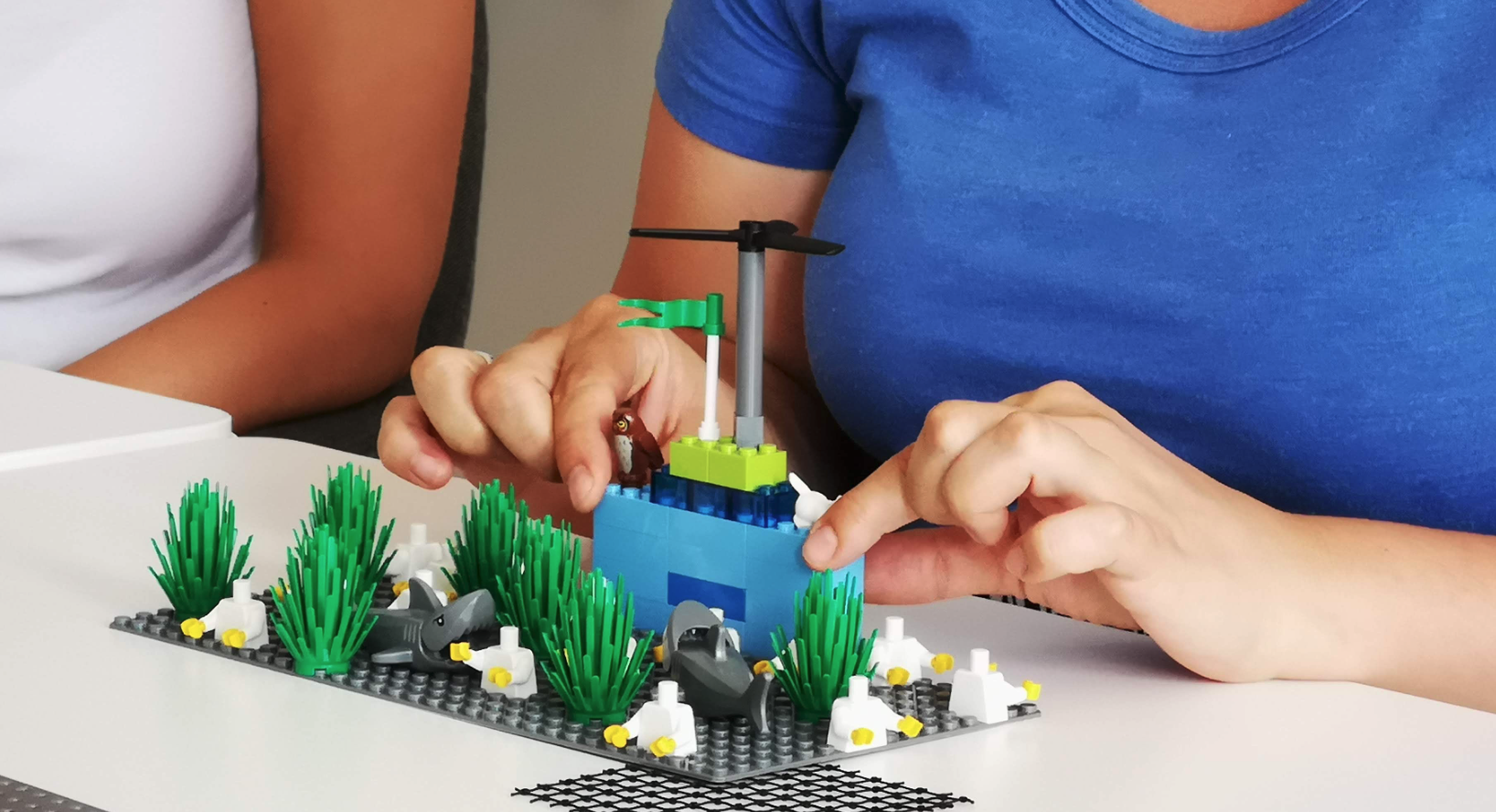
Introducing Lego® Serious Play®
The LEGO® SERIOUS PLAY® methodology is an innovative, experimental process designed to enhance innovation and business performance,
says the introduction on the Lego Serious Play site.
Lego® Serious Play® (LSP) is basically a workshop, where participants solve problems, both individually and as a group. As we discuss the issues, we don’t share our thoughts directly. First we build our answers from LEGO blocks, then each participant explains in detail why he or she built the specific blocks into the model. It doesn’t seem like a big difference to build the answer first and talk about it later, but this way we get much more detailed and deeper answers.
The psychological background makes this method suitable for use in a number of areas. We learned about it at our strategic UX partner, Ergomania, where it is often used in the early, discovery stage of the projects.
Recently we started using it in visual branding projects. It is especially useful in projects when we work for larger organizations, and the client is represented by several decision-makers or the heads of several departments (IT, marketing, management, HR, etc.). The advantages of LSP are obvious in such cases: everyone can express their opinion with this method, and eventually they can agree on a common position.
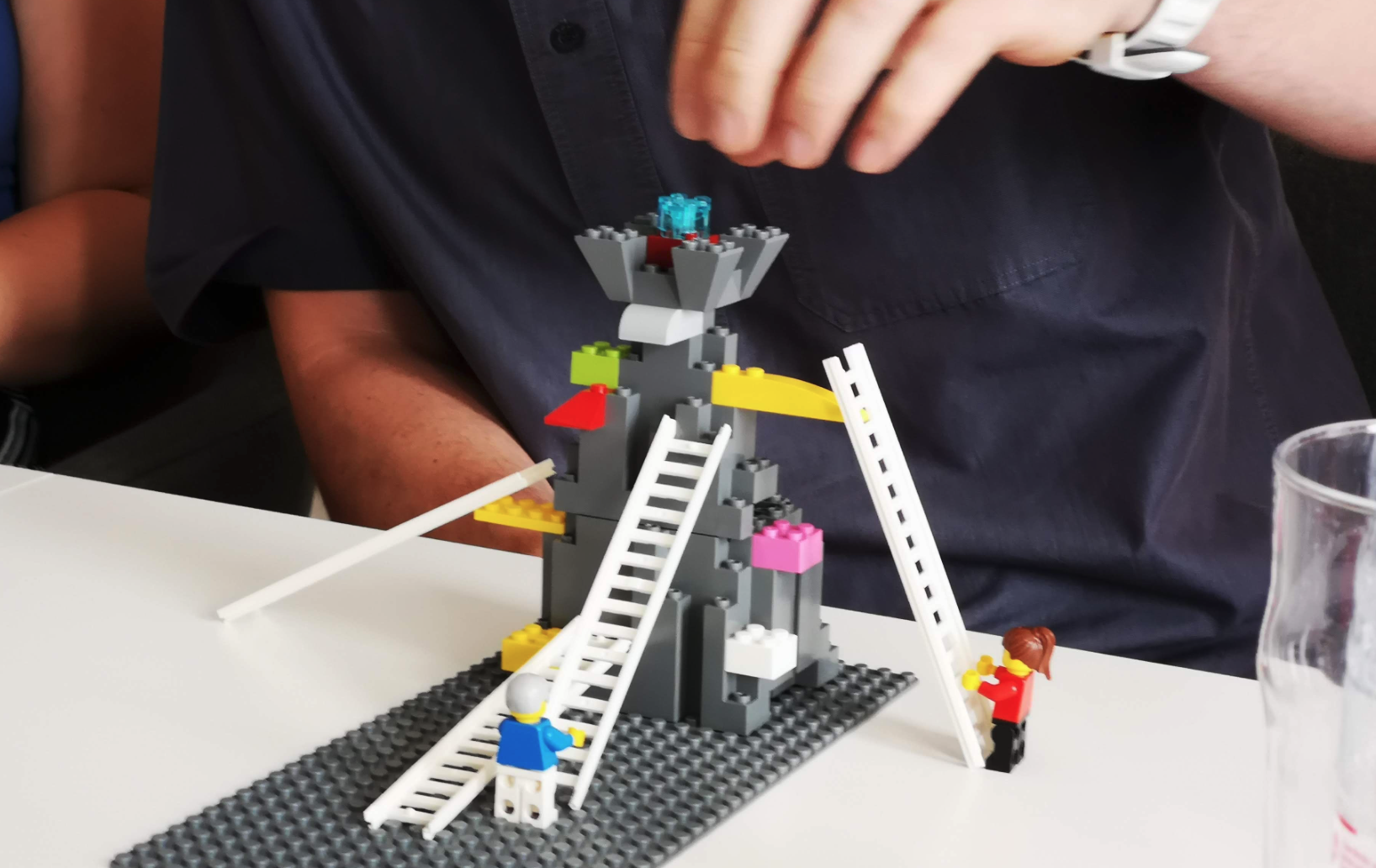
What do you do at a Lego® Serious Play® workshop?
Ideally, there are 4-8 participants and a facilitator. The facilitator runs the workshop, hands out the tasks, keeps track of time, acts as a moderator during discussion and keeps record of the results. The LSP method itself is open source, but LEGO has trainings where you can become a certified Lego® Serious Play® facilitator.
Workshops usually last 3-5 hours, depending on the number of issues you wish to cover. There is a set time for discussing the issues, and this is managed by the facilitator. After some warm-up tasks, you get to the real issues, and you have about 30-60 minutes to ‘build’ your solution for each. Tasks can first be solved individually, but then models are built together in pairs or groups of 4. The models created together are a result of consensus and agreement, as here participants find and formulate the answers together.
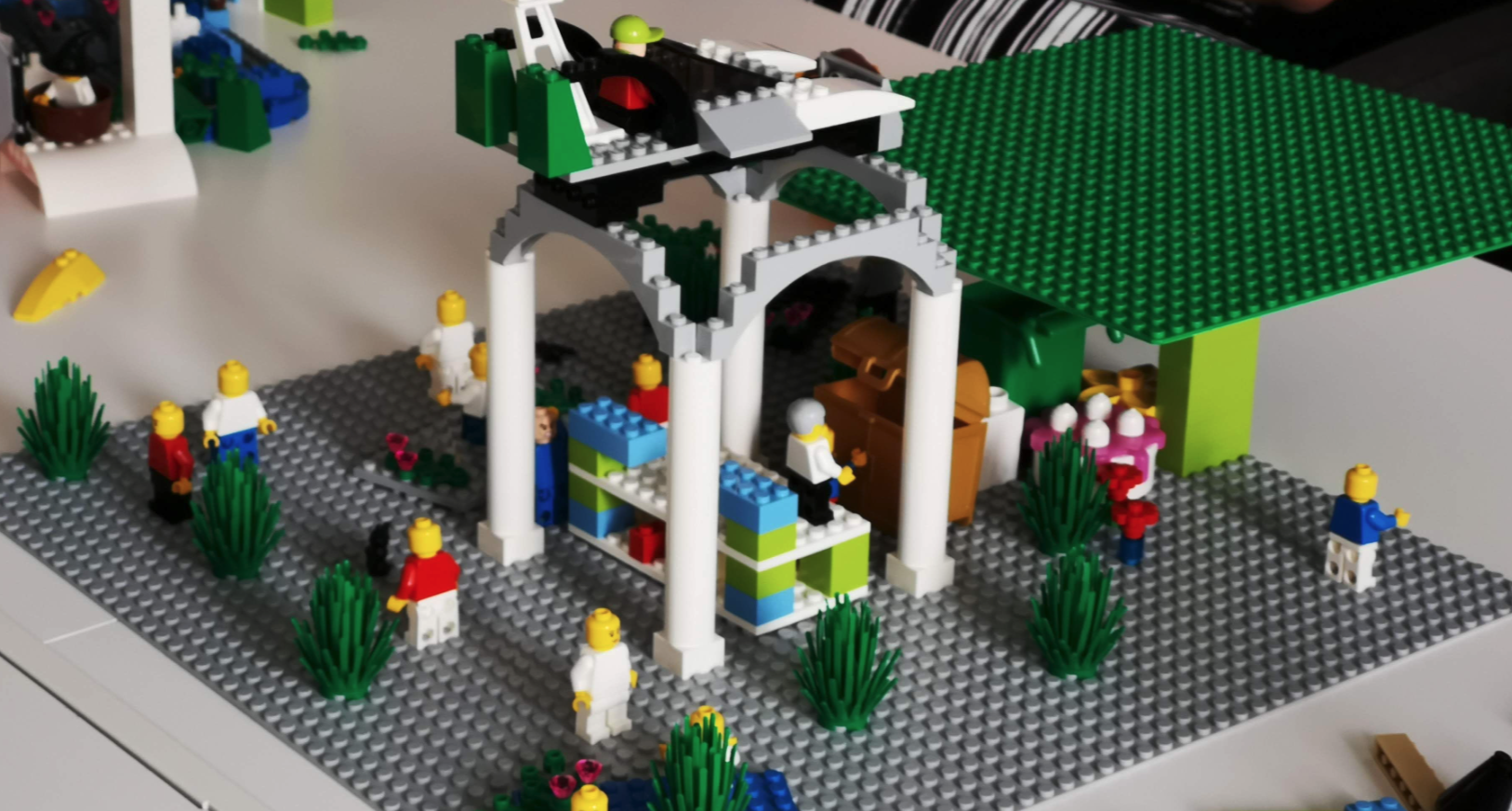
What kind of issues can we ‘build’?
Our goal is to get the information we need to build the brand and the visual identity. Issues may include the following (obviously the method can be used for an infinite number of tasks):
- the past, present and future of the company or the service; what it is they want to achieve
- the market position of the company; how it is different from the competitors, how they see themselves within the company, what it is they would like to show to the world and how they are actually perceived
- the values and mission of the company/service
- the target audience(s)
We usually draw up a record at the workshop and take photos. The info we ‘built’ is then sorted and structured so that it can be used as the basis of the creative brief.
Summary
My father always says that work is so much easier when you have a good tool. LSP is such a tool, more specifically a method that can make your work a lot easier in certain situations. Besides, everyone likes to play, so it is a win-win situation when you can play as you work towards your goals. 😇
Yay, this is our book on branding for designers, marketers and entrepeneurs 👇

How a brand turns into visual identity
Ready to elevate your design strategy? Get this must-have book in ebook or print format. Packed with practical advice, it’s your roadmap to becoming an elite designer who thinks strategically and builds unforgettable brands.
